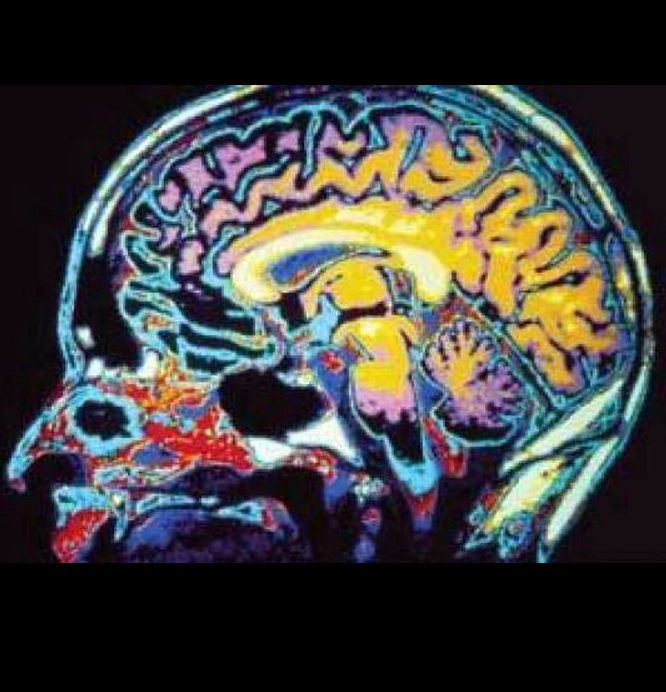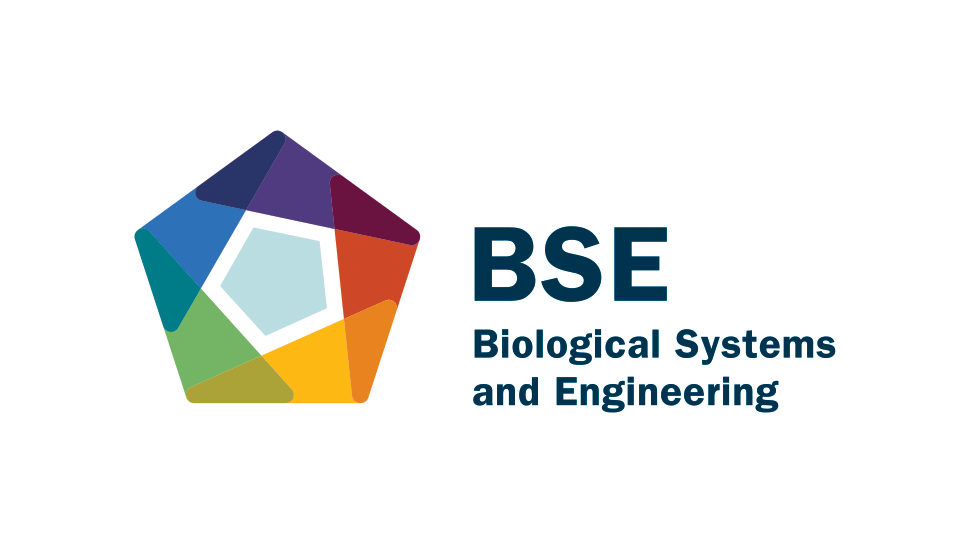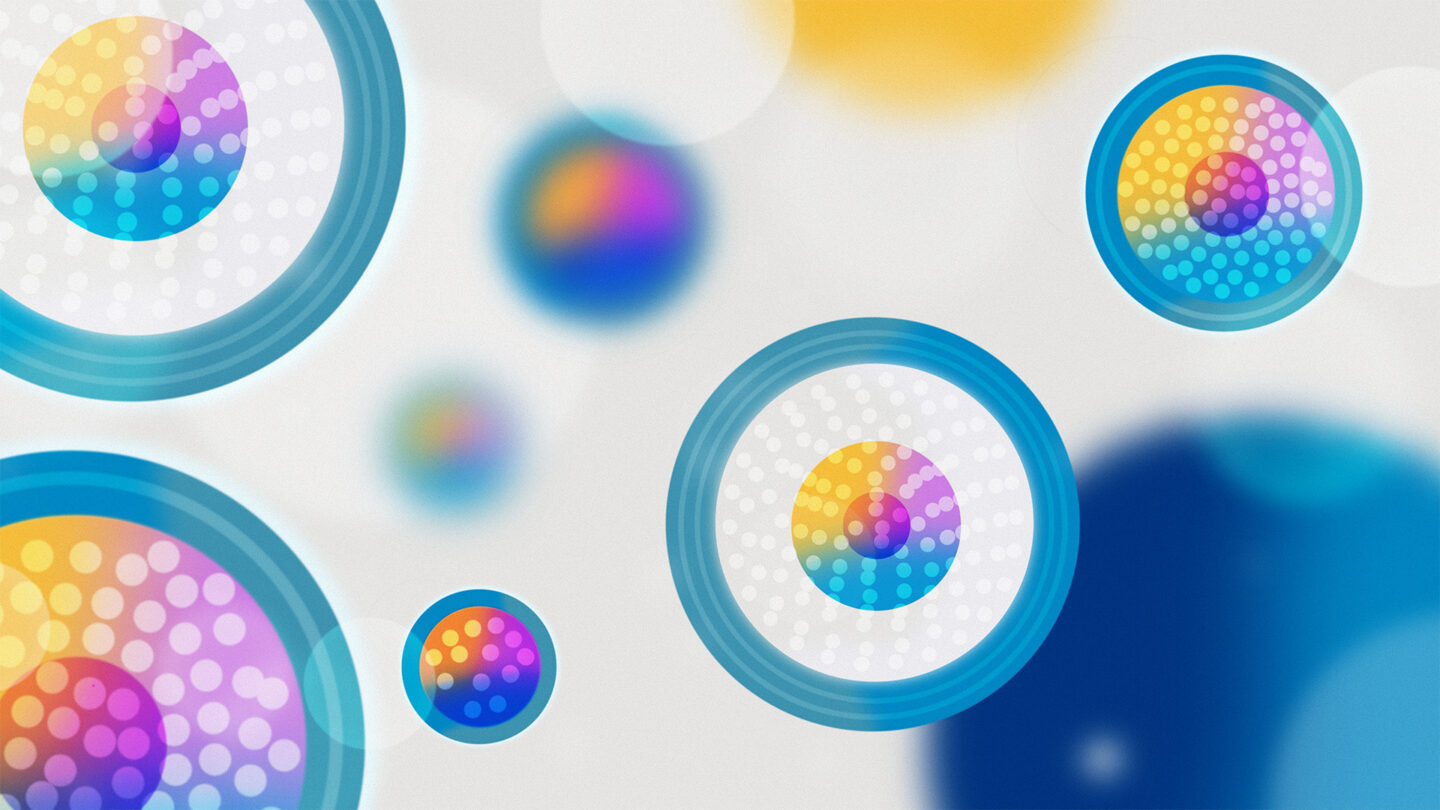
some more text
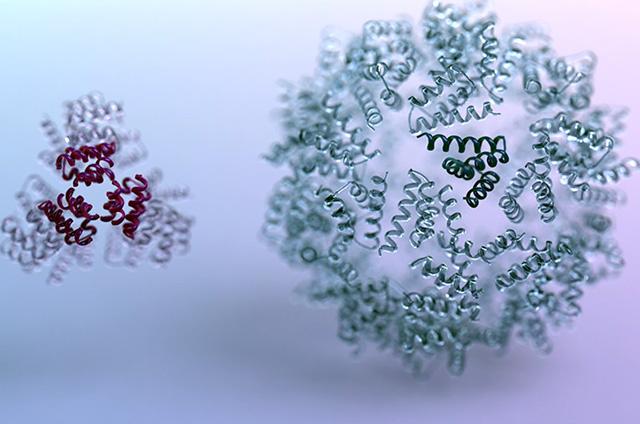
some more text

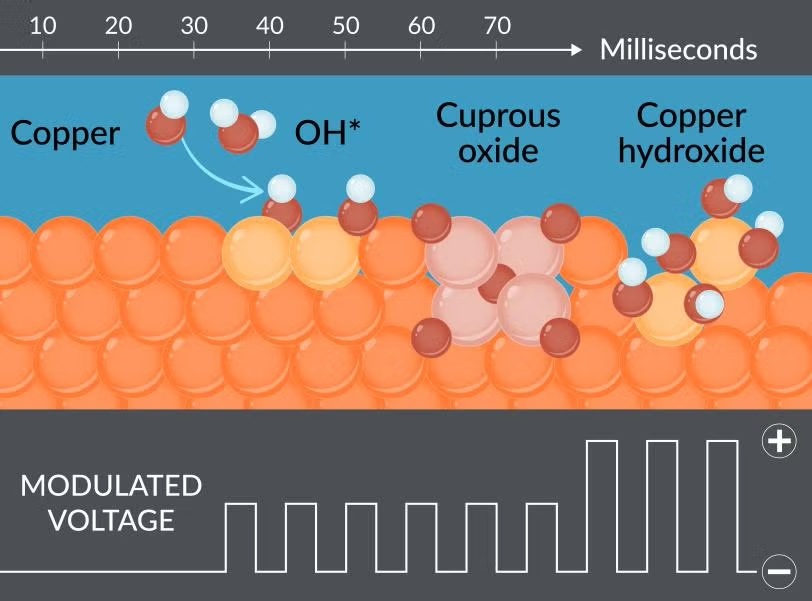
-
Abby Dernburg Elected Into National Academy of Sciences
Abby Dernburg, a senior faculty scientist in the Biological Systems and Engineering (BSE) Division, has been elected into the National Academy of Sciences (NAS) in recognition of her distinguished and continuing achievements in meiosis research.
Read the article -
Two Scientists Join Ranks of AAAS Fellows
Two senior scientists in the Biosciences Area, Jian-Hua Mao and Trent Northen, are newly named Fellows of the American Association for the Advancement of Science (AAAS).
Read the article -
Cracking Sugarcane’s Genetic Code
Scientists created a highly accurate reference genome for one of the most important modern crops and found a rare example of how genes confer disease resistance in plants. Exploring sugarcane’s genetic code could help researchers develop more resilient and productive crops, with implications for both sugar production and biofuels
Read the article -
Commemorating Judy Campisi
Judith (Judy) Campisi, a leader in the field of cell senescence and a researcher at Berkeley Lab for just over 30 years, died on January 19, 2024. She was 75.
Read the article -
ML Opens New Doors in TBI Research
Applying machine learning capabilities developed at Berkeley Lab to an extensive dataset created by the TRACK-TBI collaboration led to a six-fold improvement in the precision with which TBI patient outcomes can be predicted.
Read the article





